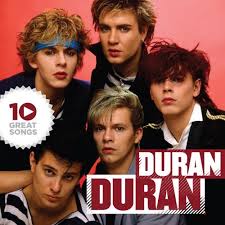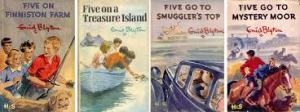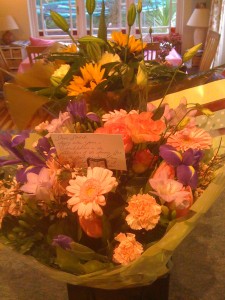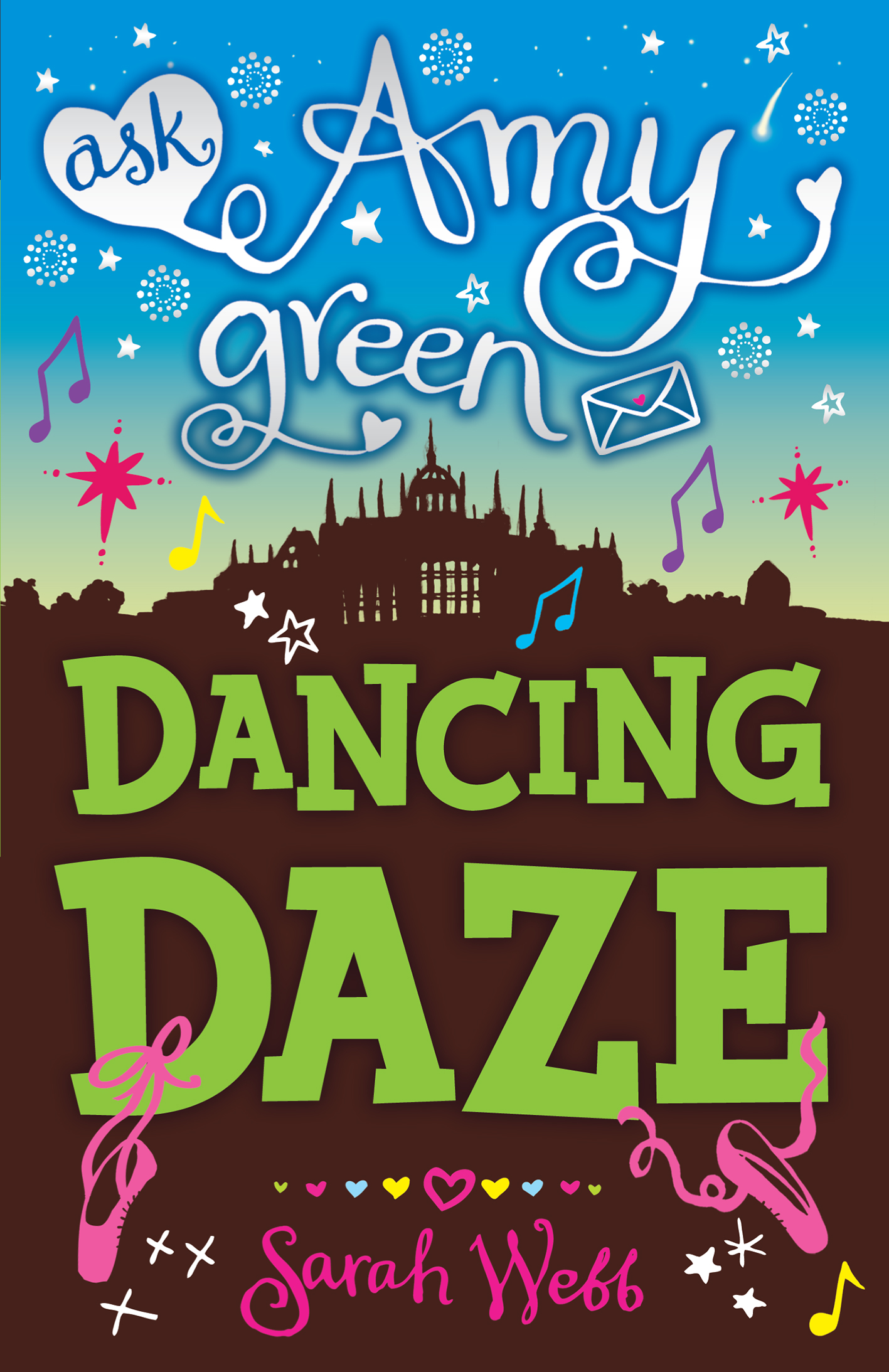As it’s Christmas Eve I thought I’d talk about lists. I hope you’ve all sent your wish list to Santa, or Father Christmas as you call him in the UK. I’m from Ireland and he’s Santa around these parts. Top of my Santa list is always books and book tokens. Are you a list maker? I am! I love making lists. Here is my list of the lists I keep:
1/ Favourite movies
I love going to the cinema and I don’t get to go as often as I’d like. My great treat to myself is an afternoon at the cinema – with a friend or by myself – I just love it.
This year I watched 14 different films, mainly at my local cinema in Dun Loaghaire. And I also went to some plays and lots of book events. Hurrah, another list to make for next year – book events.
Here’s the list of movies I watched (at the cinema) in 2014. My lists are scribbled and have rambling notes but I love looking back at them years later.
2014 Movies List
2/ Favourite books
This year I read 44 novels (adult and YA) and lots more children’s books for all ages.
Here’s part of the list. As you can see I score my books and movies out of 10. Geeky I know!
Books 2014
3/ Books I’d like to write in the future
That list is secret! It’s full of plans and ideas for future characters and plots. Sometimes the first thing that comes to me is a title or a character’s name and I jot that down on my list.
When I was a teenager to my shame I had a boy list. I listed all the boys I liked and where I’d spotted them. It was very much an aspirational list. I’d never met most of them. Some of them were pop stars or actors. The boys from Duran Duran regularly featured on my boy list – the One Direction of their day.
Duran Duran
I have an ongoing to do list on my desk. Here’s one from November. As you can see my Girls Heart Books blog is number one on that list.
Why do I make lists? It helps me make sense of the world and it helps me stay on top of things.
Sometimes life can be overwhelming, especially at busy times like Christmas. Everyone’s rushing around, buying presents, preparing food, getting into a tizzy about Christmas Day - who’s collecting Auntie Mabel , who’s peeling the potatoes? When I’m feeling a little stressed out I sit down and make a list. A shopping list, a to-do list, a list of the people I need to ring. It helps me feel more in control.
It’s OK to feel a bit overwhelmed at Christmas. It can be a noisy, manic, emotional time of the year. I’m not a ‘noisy’ person. I’m a reader and a book lover and a story-girl. I like peace and quiet, I like to be able to think.
If you’re a quiet person like me it’s perfectly normal to need a little time out from the mayhem, a little peace. You might like to:
Read a book
Watch your favourite old movie – mine is The Wizard of Oz
Write in your diary
Go for a walk
Listen to music
Hug the dog
Hug your mum (I’m a mum and I love random ‘just because’ hugs)
Or maybe, just maybe, make a list like me!
Have a happy, peaceful and book filled Christmas everyone!
Yours in books,
Sarah XXX
This post first appeared on the Girls Heart Books website: www.girlsheartbooks.com




![IMG_4917[1]](https://images.squarespace-cdn.com/content/v1/58973315e4fcb5808a5b7d9e/1486377413029-8JPU5DSFNN198TWHD0WO/img_49171.jpg)



![IMG_4461[1]](https://images.squarespace-cdn.com/content/v1/58973315e4fcb5808a5b7d9e/1486377412374-N4FMM3IJPGA4FLHE08KP/img_44611-e1413837064268.jpg)
![IMG_4462[1]](https://images.squarespace-cdn.com/content/v1/58973315e4fcb5808a5b7d9e/1486377412203-07N7T8NBY0IYO743L4IH/img_44621-e1413837089589.jpg)




























![IMG_1863[1]](https://images.squarespace-cdn.com/content/v1/58973315e4fcb5808a5b7d9e/1486377446879-G0YXOL4ISVFTFRI6G0L5/IMG_18631-e1350983013257.jpg)
![IMG_1862[1]](https://images.squarespace-cdn.com/content/v1/58973315e4fcb5808a5b7d9e/1486377446719-90MQZ81MCX0QD2O6KDTD/IMG_18621.jpg)




